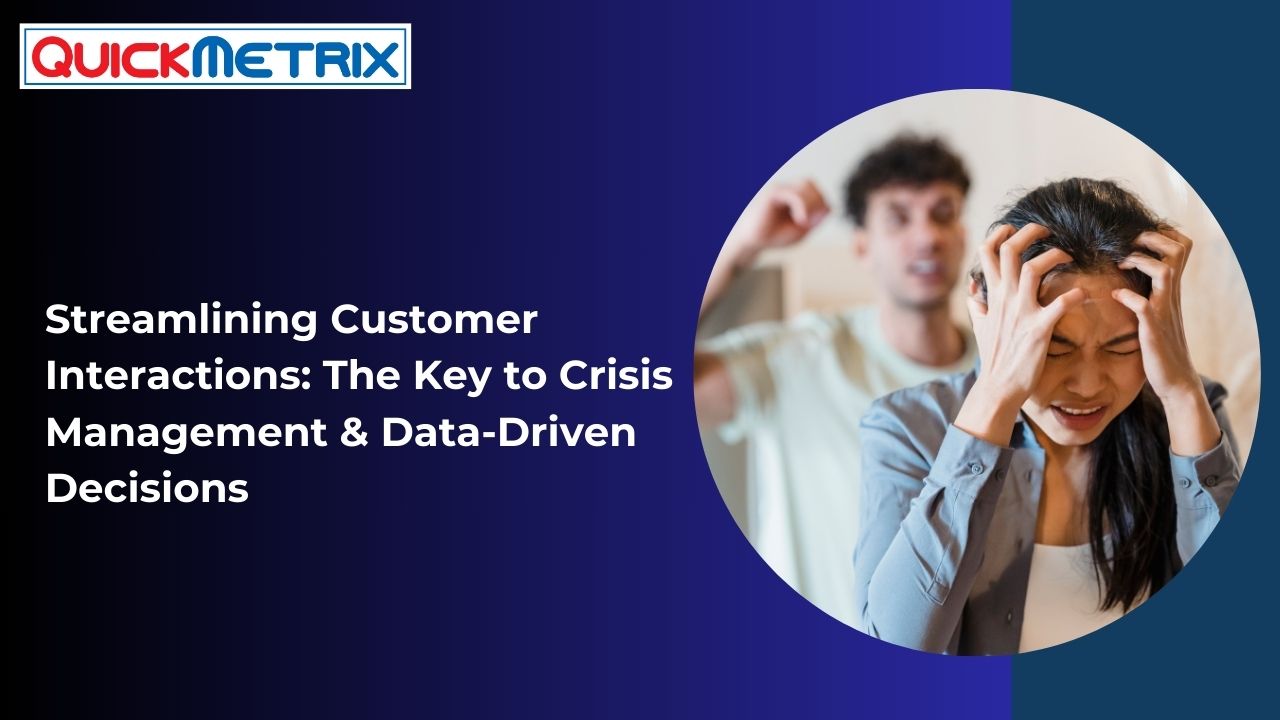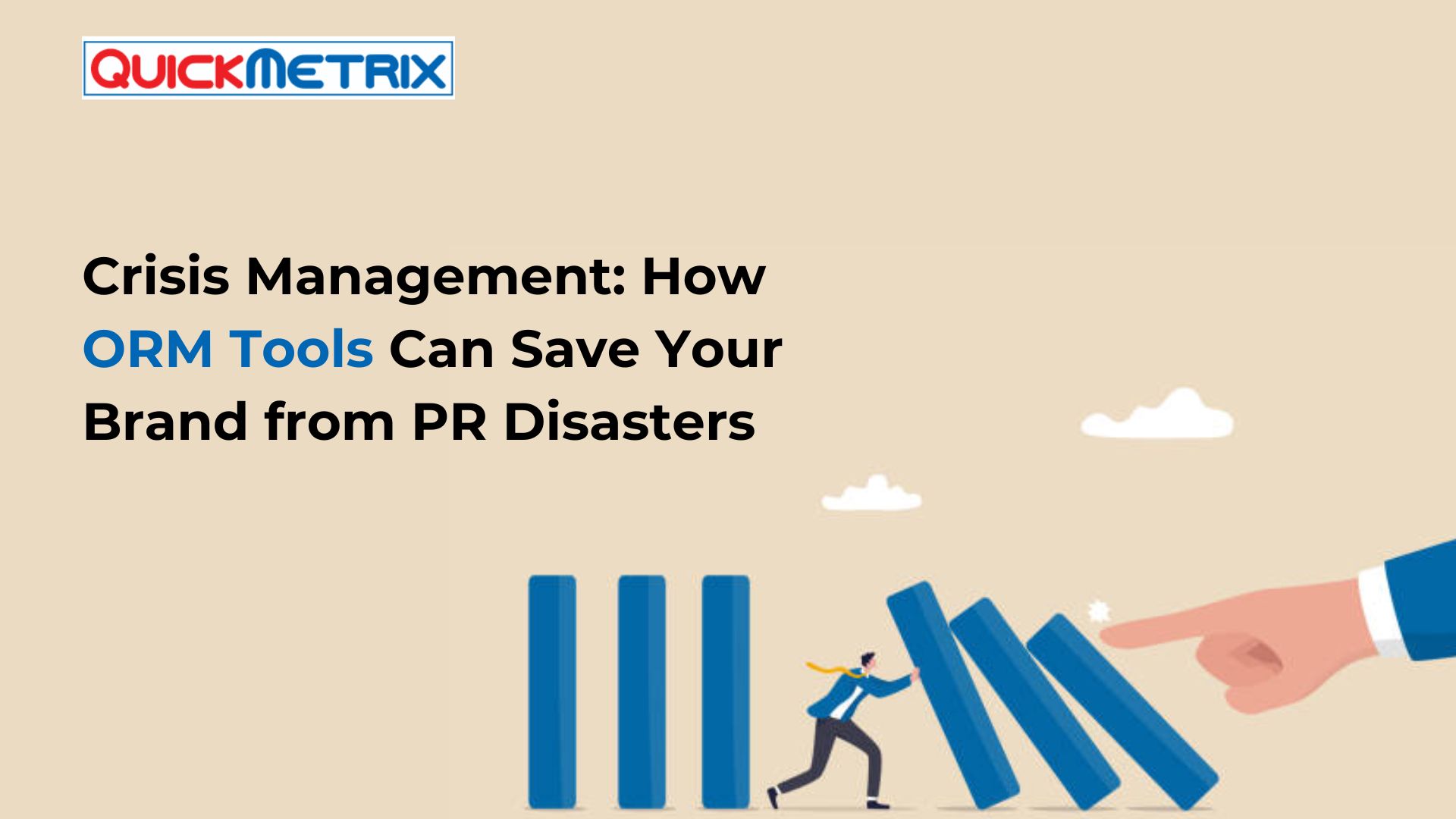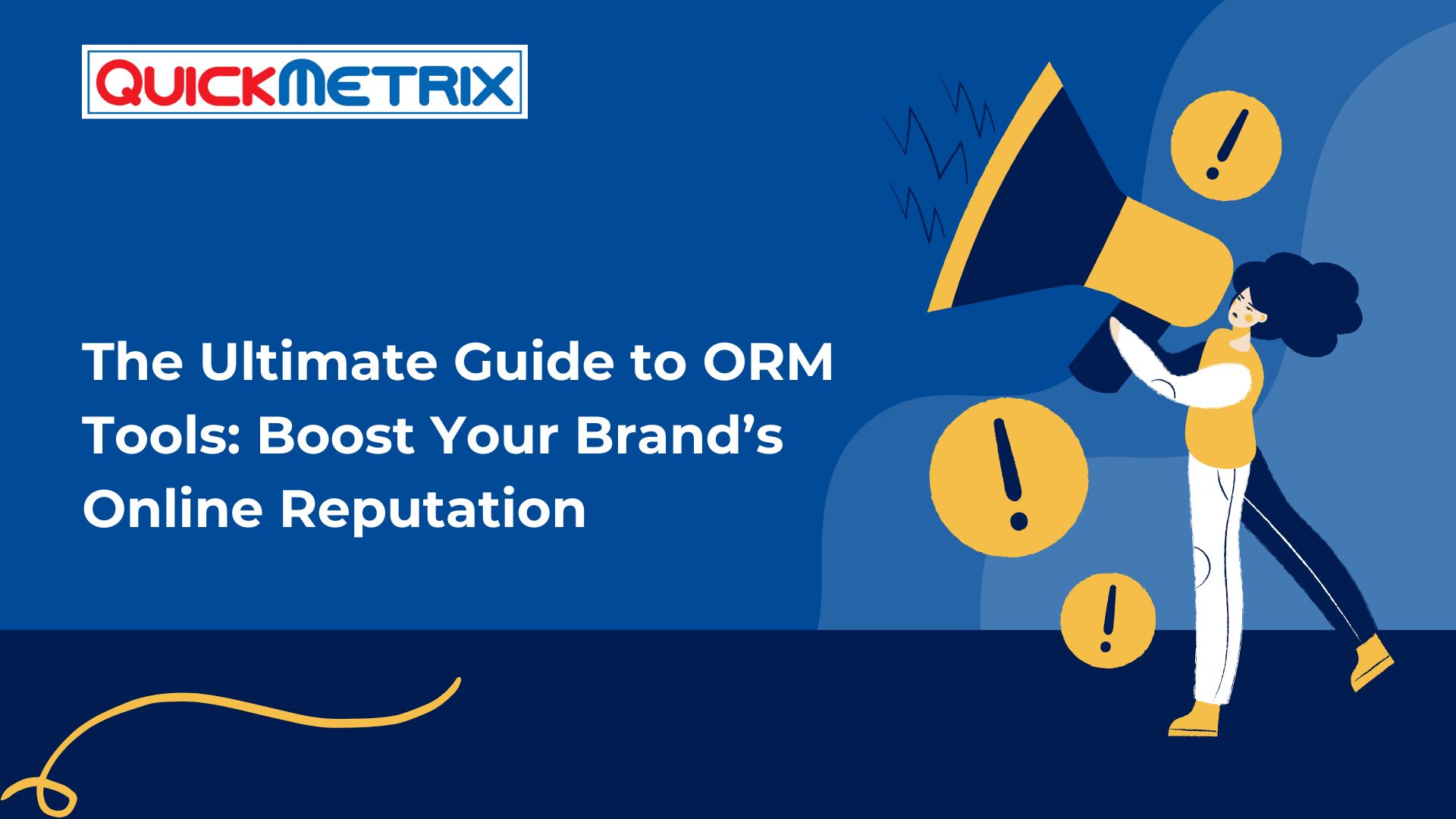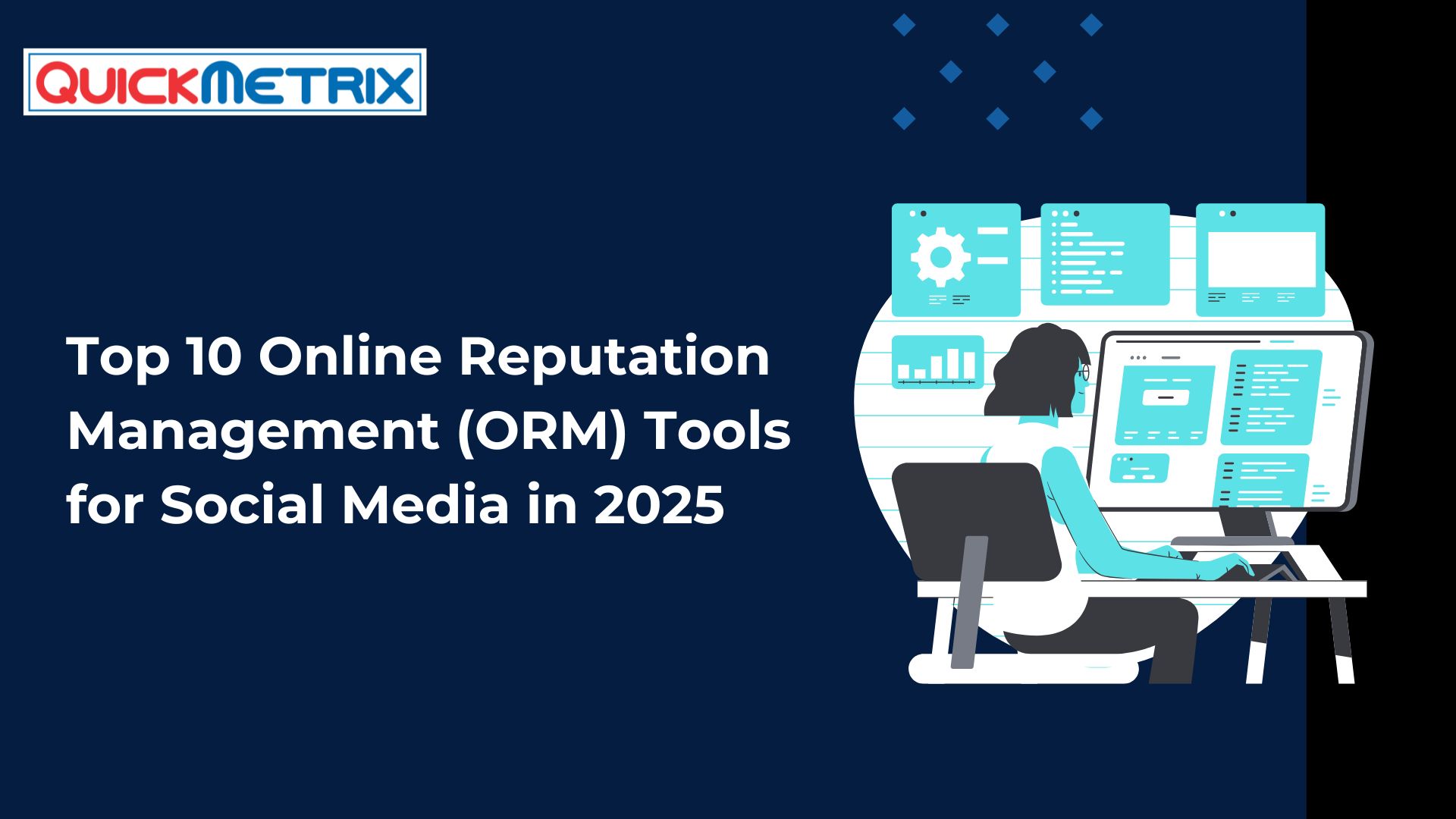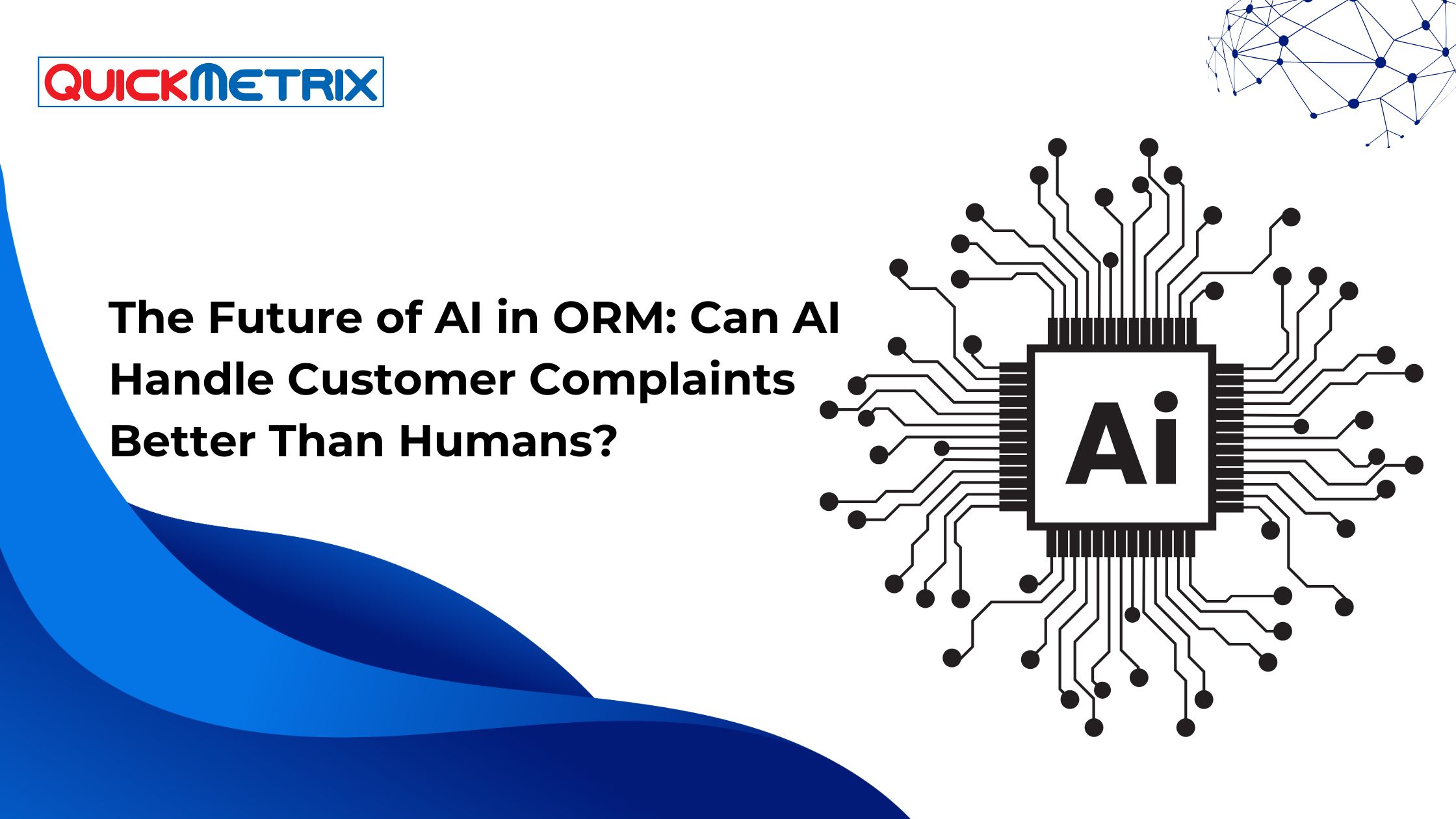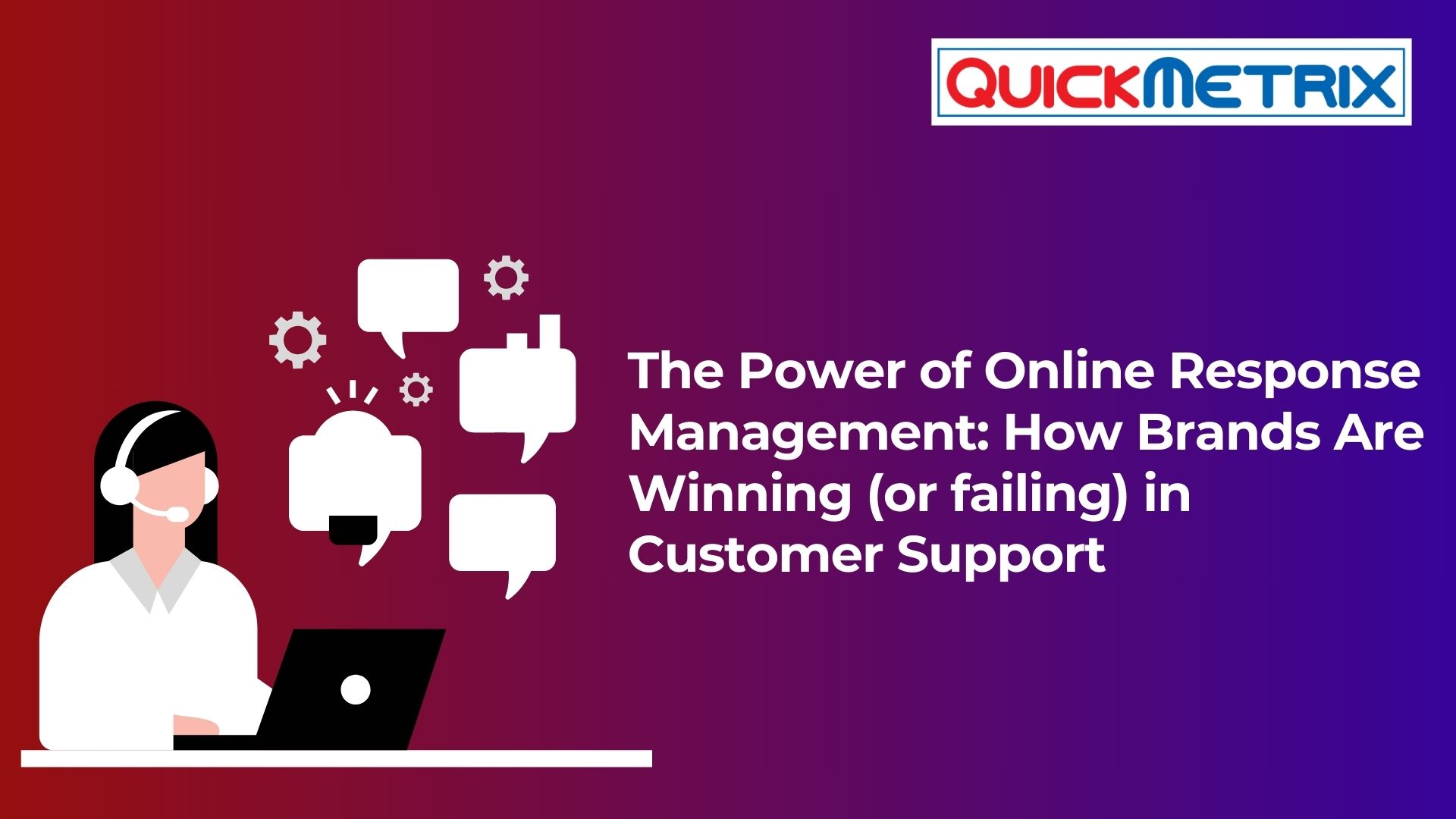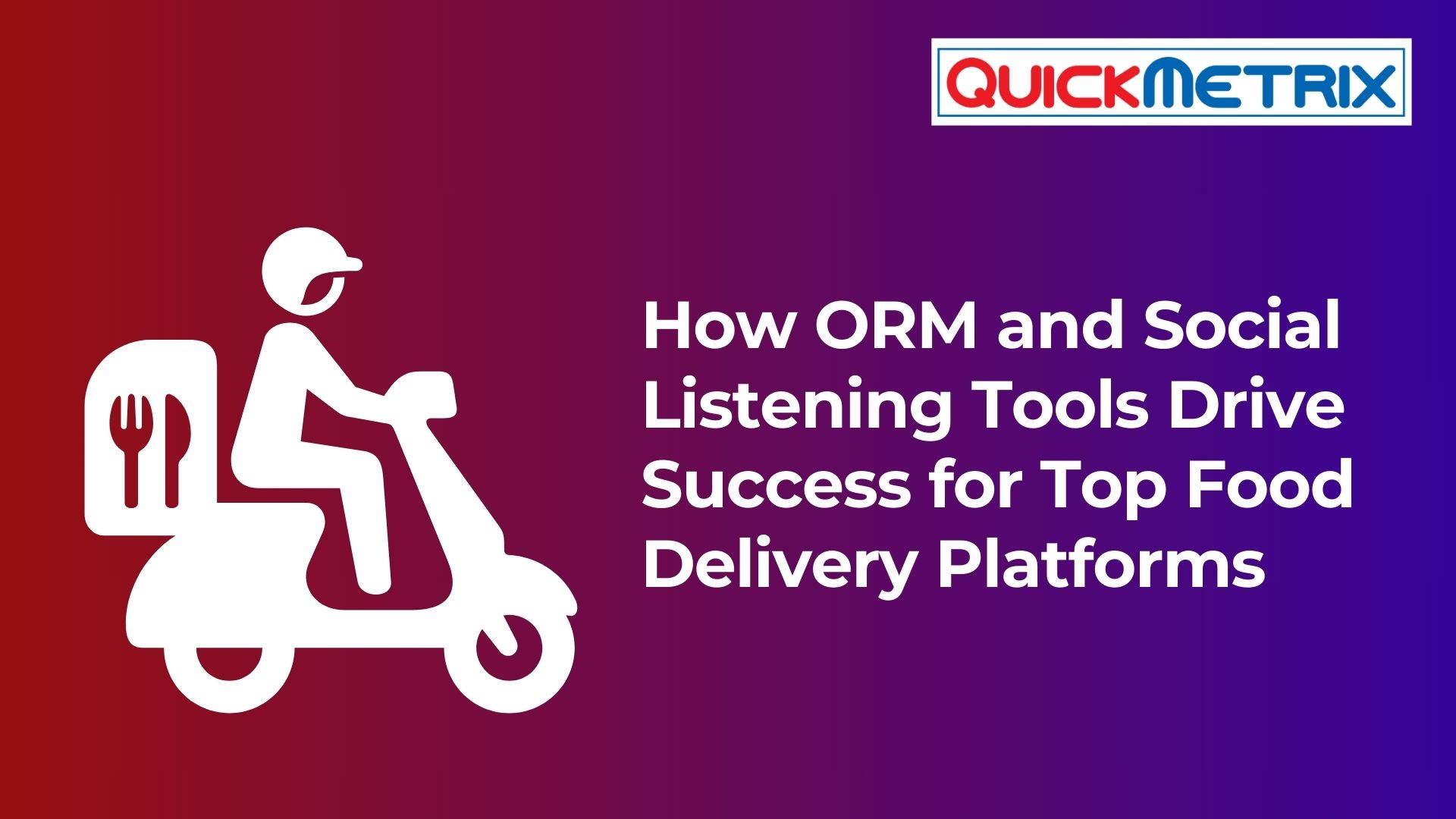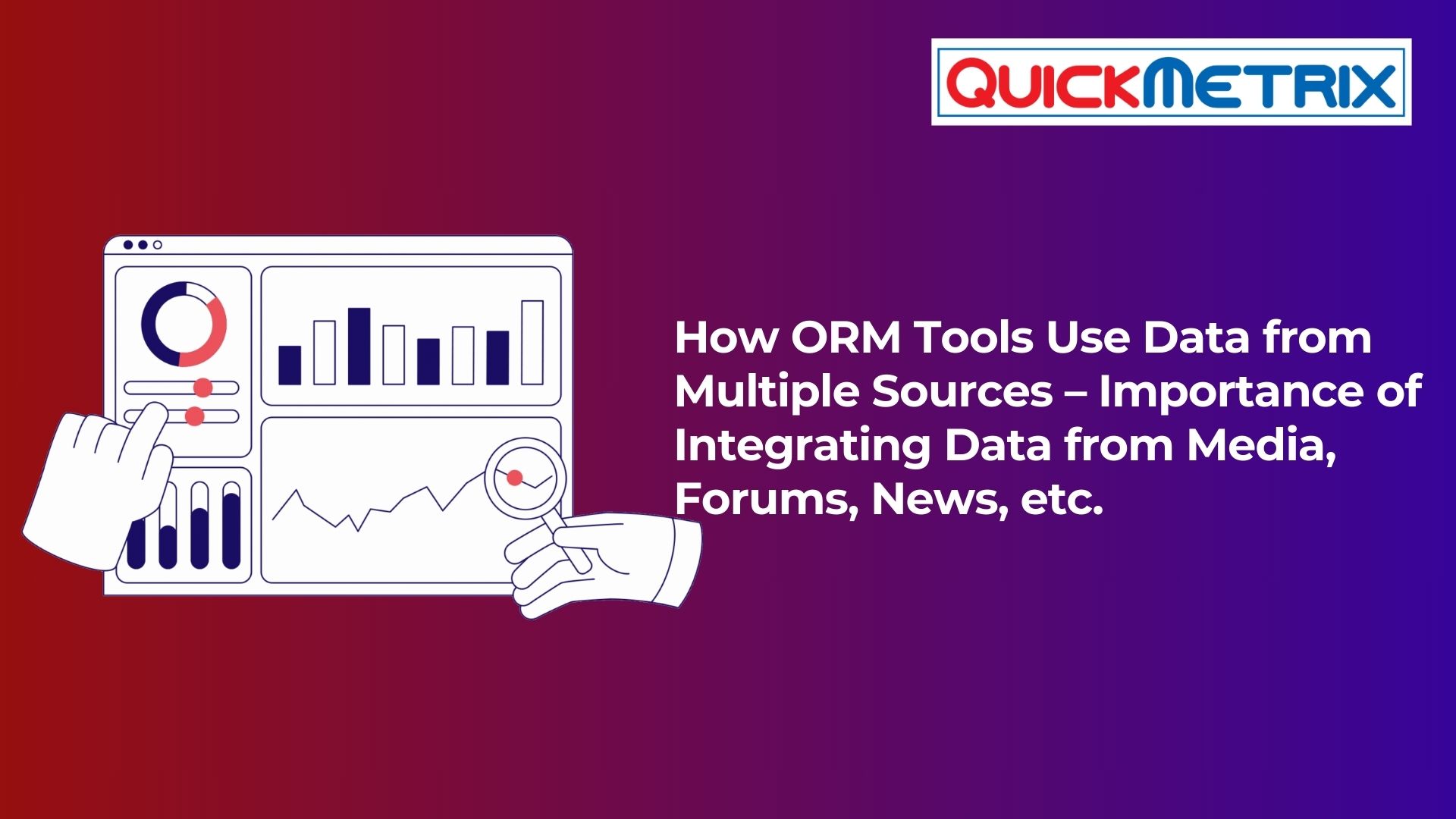- Introduction to Social Listening in Financial Services
- Definition and Importance
- What is Social Listening?
Social listening is the process of monitoring online conversations, tracking brand mentions, and analyzing customer sentiments across digital channels like social media, forums, and review sites. It provides valuable insights that help financial institutions understand customer needs and industry trends.
- The Role of Social Media in Financial Services
Social media plays a crucial role in shaping consumer perceptions of banks and FinTech companies. With increasing digital engagement, customers use these platforms to share experiences, seek support, and express opinions about financial products and services.
- Why Social Listening Matters for Banks and FinTechs
- Helps improve customer experience by addressing concerns in real-time.
- Strengthens brand reputation by mitigating crises proactively.
- Enables data-driven decision-making and personalized marketing.
- Offers insights into competitors and market trends.
- Historical Context
- Evolution of Customer Feedback Mechanisms
Traditional feedback collection relied on surveys, focus groups, and customer support logs. However, digital transformation has enabled real-time tracking and analysis of consumer sentiment via social listening tools.
- The Shift from Traditional Marketing to Digital Engagement
Marketing has evolved from mass advertising to personalized digital interactions. Social listening empowers brands to create tailored campaigns based on customer preferences.
- Case Studies of Early Adopters
Financial institutions like JPMorgan Chase and PayPal have leveraged social listening to enhance customer engagement, manage reputational risks, and optimize product offerings.
- Overview of the Article
- Structure and Key Points
Explores the best practices, tools, challenges, and future trends of social listening in financial services.
- Target Audience and Relevance
Ideal for banks, FinTech companies, and financial marketers seeking to enhance digital engagement and customer satisfaction.
- Goals of Effective Social Listening
- Improve customer service.
- Strengthen brand reputation.
- Gain a competitive edge through data-driven decision-making.
- Tools and Techniques for Effective Social Listening
- Social Media Monitoring Tools
- Overview of Popular Tools
- QuickMetrix
- Brandwatch
- Hootsuite Insights
- Sprout Social
- Features to Look For
- Real-time tracking
- Sentiment analysis
- Competitor benchmarking
- AI-powered insights
- Comparisons of Free vs. Paid Tools
Free tools provide basic monitoring, while paid solutions offer in-depth analytics and automation.
- Data Collection and Analysis
- Methods of Gathering Social Media Insights
- Hashtag tracking
- Keyword monitoring
- Audience sentiment analysis
- Analyzing Sentiment and Engagement
AI-powered sentiment analysis helps categorize customer feedback into positive, neutral, or negative sentiments.
- Leveraging Analytics for Business Decisions
Data-driven insights help optimize marketing strategies and improve product offerings.
- Integrating Insights into Strategy
- Communicating Findings to Stakeholders
Use reports and dashboards to share insights with decision-makers.
- Aligning Social Insights with Business Goals
Ensure findings contribute to product innovation, customer service, and crisis management.
- Creating Actionable Plans from Feedback
Convert insights into targeted campaigns and service enhancements.
III. Applications of Social Listening in the Financial Sector
- Enhancing Customer Service
- Real-Time Issue Resolution
Banks can address complaints instantly, improving customer satisfaction.
- Identifying Common Customer Pain Points
Understanding recurring issues helps in refining financial products and services.
- Personalizing Customer Engagement
Tailored responses enhance customer loyalty and brand advocacy.
- Brand Management and Reputation Monitoring
- Tracking Brand Mentions
Identifies brand sentiment across different platforms.
- Crisis Management through Proactive Listening
Detects early signs of reputation risks and mitigates damage.
- Building Brand Loyalty with Customer Engagement
Active engagement fosters trust and long-term relationships.
- Market Research and Trend Analysis
- Understanding Consumer Needs and Preferences
Banks can develop customer-centric financial solutions based on insights.
- Forecasting Market Trends
Predictive analytics aid in strategic planning.
- Competitive Analysis through Social Insights
Monitoring competitor performance helps refine market strategies.
- Challenges and Limitations of Social Listening
- Data Overload and Noise
- Distinguishing Valuable Insights from Irrelevant Data
Use AI and filters to manage vast data volumes.
- Strategies to Filter Information Effectively
Leverage automation tools for data refinement.
- Tools to Manage Data Overwhelm
AI-powered dashboards streamline analysis.
- Privacy and Ethical Considerations
- Balancing Engagement with Privacy Concerns
Ensure compliance with data protection regulations.
- Complying with Regulations in Data Usage
GDPR and CCPA guidelines must be adhered to.
- Building Trust While Listening Online
Transparency and responsible data handling enhance credibility.
- Adapting to Changing Social Media Landscapes
- Keeping Up with New Platforms and Trends
Monitor emerging channels like TikTok and Clubhouse.
- Continuous Learning and Adaptation
Regular training ensures effective use of tools.
- Strategies for Dealing with Rapid Changes
Adopt agile social listening strategies.
- Future Trends in Social Listening for Financial Services
- Artificial Intelligence and Automation
- The Role of AI in Enhancing Social Listening
AI-driven insights improve accuracy and efficiency.
- Potential Future Innovations
Advanced sentiment analysis and chatbot integrations.
- Ethical Considerations of Automated Listening
Maintaining transparency in AI-driven analysis.
- Personalization and Targeting
- Using Insights for Tailored Offerings
Customized financial products based on customer sentiment.
- Predicting Customer Behavior through Listening
AI-driven predictions enhance customer experiences.
- The Future of Customized Customer Experiences
Hyper-personalized financial solutions.
- Integrating Multi-Channel Listening
- Expanding Beyond Social Media
Include email, chat, and customer support data.
- Combining Social Listening with Customer Feedback
Unified insights enhance decision-making.
- The Importance of a Unified Customer View
Omnichannel engagement ensures consistency.
- Conclusion
- Summary of Key Points
- Social listening is essential for financial services.
- AI and automation enhance analysis.
- Ethical considerations are crucial.
- The Strategic Advantage of Proactive Listening
Staying ahead in the financial sector requires active engagement.
- Final Thoughts on Implementing Social Listening
Encouraging a culture of listening ensures continuous improvement.
VII. FAQs
- What is the difference between social listening and traditional market research?
Social listening analyses real-time online conversations from social media, forums, and news to understand trends, sentiment, and customer opinions.
Traditional market research relies on surveys, focus groups, and historical data to gather insights in a structured, time-consuming manner.
Social listening is faster, ongoing, and unfiltered, while traditional research is controlled but slower.
- How can banks measure the effectiveness of their social listening strategies?
ChatGPT said:
Banks can measure the effectiveness of their social listening strategies by tracking key metrics such as:
- Brand Sentiment – Analyze positive, neutral, and negative mentions.
- Engagement Rate – Measure likes, shares, and comments on relevant discussions.
- Customer Response Time – Evaluate how quickly issues are identified and addressed.
- Trend Analysis – Monitor emerging topics and customer concerns.
- Impact on Business Goals – Assess improvements in customer satisfaction, retention, and service quality
- What are some common mistakes to avoid in social listening?
Common mistakes to avoid in social listening:
- Focusing Only on Mentions – Ignoring sentiment, trends, and context.
- Tracking Too Many or Too Few Keywords – Missing relevant insights or getting irrelevant data.
- Ignoring Customer Engagement – Not acting on insights or responding to feedback.
- Neglecting Competitor Analysis – Missing market trends and opportunities.
- Relying Solely on AI Without Human Oversight – Misinterpreting sarcasm, slang, or cultural nuances.
- How should financial institutions handle negative feedback received through social listening?
Financial institutions should handle negative feedback by:
- Responding Quickly – Acknowledge concerns and provide timely solutions.
- Staying Professional & Empathetic – Use a calm and understanding tone.
- Taking Conversations Offline – Resolve complex issues privately.
- Analysing Trends – Identify recurring problems and improve services.
- Following Up – Ensure customer concerns are fully addressed.
- Can social listening impact product development in financial services?
Yes, social listening can impact product development in financial services by:
- Identifying Customer Needs – Detect pain points and unmet demands.
- Tracking Market Trends – Stay ahead of emerging financial trends.
- Analyzing Competitor Offerings – Learn from competitor successes and gaps.
- Gathering Real-Time Feedback – Refine products based on user opinions.
- Improving User Experience – Enhance services based on customer sentiment.
Contact us for Quick Demo
Top Social Listening Tools in 2025: Why QuickMetrix Deserves Your Attention
In the world of digital marketing, conversations are currency. ...
Read More9-key-things-to-consider-before-choosing-an-best-orm-tool (Online response management tools)
IntroductionIn today's hyper-connected world, a single unresolved tweet or ...
Read MoreStreamlining Customer Interactions: The Key to Crisis Management and Data-Driven Decisions
Streamlining Customer Interactions: The Key to Crisis Management and ...
Read MoreCrisis Management: How ORM Tools Can Save Your Brand from PR Disasters
Understanding Crisis Management in the Digital AgeDefinition and Importance ...
Read MoreSocial Listening for Financial Services: How Banks & FinTechs Stay Ahead
Introduction to Social Listening in Financial Services Definition ...
Read MoreThe Journey of QuickMetrix: Insights from Surendra Baliga on Building a Successful SaaS Business
The entrepreneurial journey is often filled with challenges, learning ...
Read MoreMastering the Market: How to Use Social Listening Tools for Real-Time Competitor Analysis
1. Introduction to Social Listening Tools1.1 What is Social ...
Read MoreHow to Get the Most Out of Social Listening Tools and Why Businesses Invest in Them
How to Get the Most Out of Social Listening ...
Read MoreUnderstanding ORM Tools: A Comprehensive Guide to Managing Your Brand’s Online Reputation
In today's digital landscape, a brand's online reputation is ...
Read MoreThe Ultimate Guide to ORM Tools: Boost Your Brand’s Online Reputation
The Ultimate Guide to ORM Tools: Boost Your Brand’s ...
Read MoreTop 10 Online Reputation Management (ORM) Tools for Social Media in 2025
Top 10 Online Reputation Management (ORM) Tools for Social ...
Read MoreListening to the Noise: How to Monitor Conversations That Matter to Your Brand
Understanding the Importance of Monitoring Brand Conversations 1.1 The Role ...
Read MoreStreamlining Online Response Management for the Hotel Industry
1. Understanding Response ManagementOnline response management to how hotels ...
Read MoreThe Future of AI in ORM: Can AI Handle Customer Complaints Better Than Humans?
I. Introduction to Online Response Management (ORM)/ Online reputation ...
Read MoreThe Power of Online Response Management: How Brands Are Winning (or failing) in Customer Support
The Shift to Digital Customer Support : Online ...
Read MoreHow ORM and Social Listening Tools Drive Success for Top Food Delivery Platforms
A. Overview of Food Delivery IndustryThe food delivery industry ...
Read MoreHow ORM Tools Use Data from Multiple Sources – Importance of Integrating Data from Media, Forums, News, etc.
What is ORM ToolsOnline response Management (ORM) tools are ...
Read MoreTop Features to Look for in an ORM Tool for B2B Companies
Top Features to Look for in an ORM Tool ...
Read More


